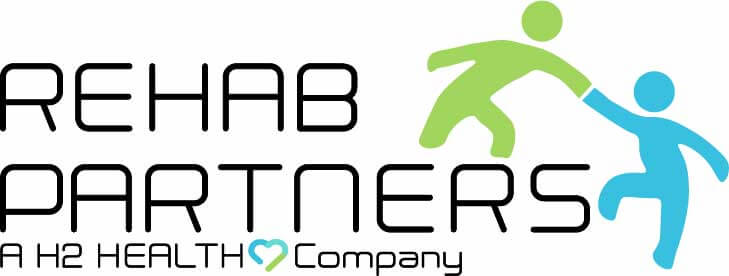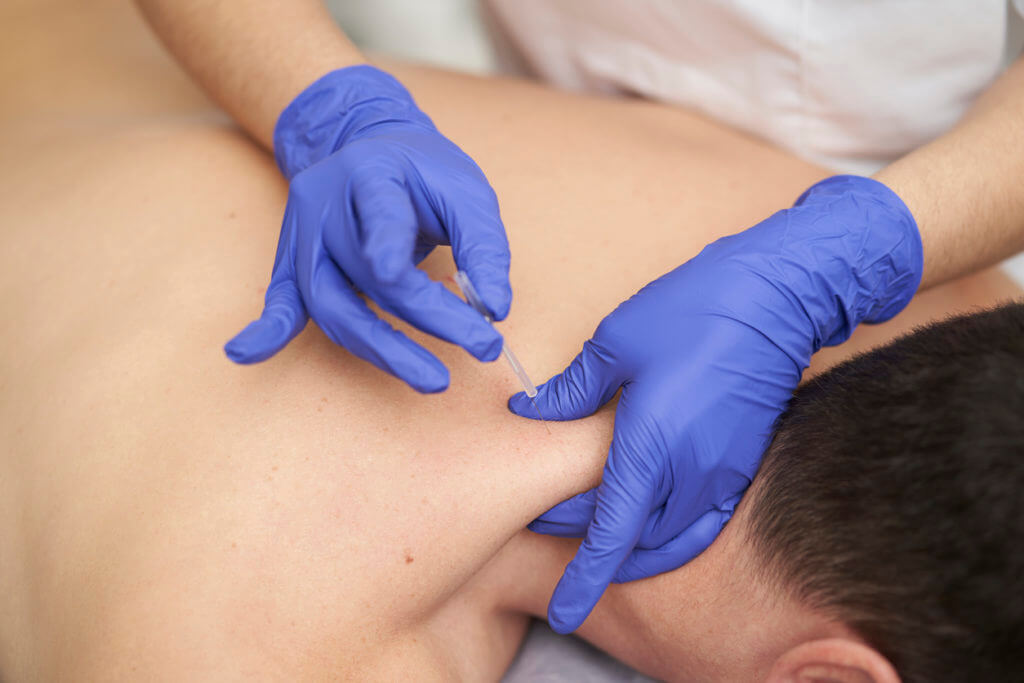Are you aware that every 9 seconds, one person in the United States suffers from a traumatic brain injury (TBI)? The impact can be so severe it can affect a person’s personality, mood, career, and even the ability to function independently. March is Traumatic Brain Injury Awareness Month, and it’s a great opportunity to raise
Read More













































